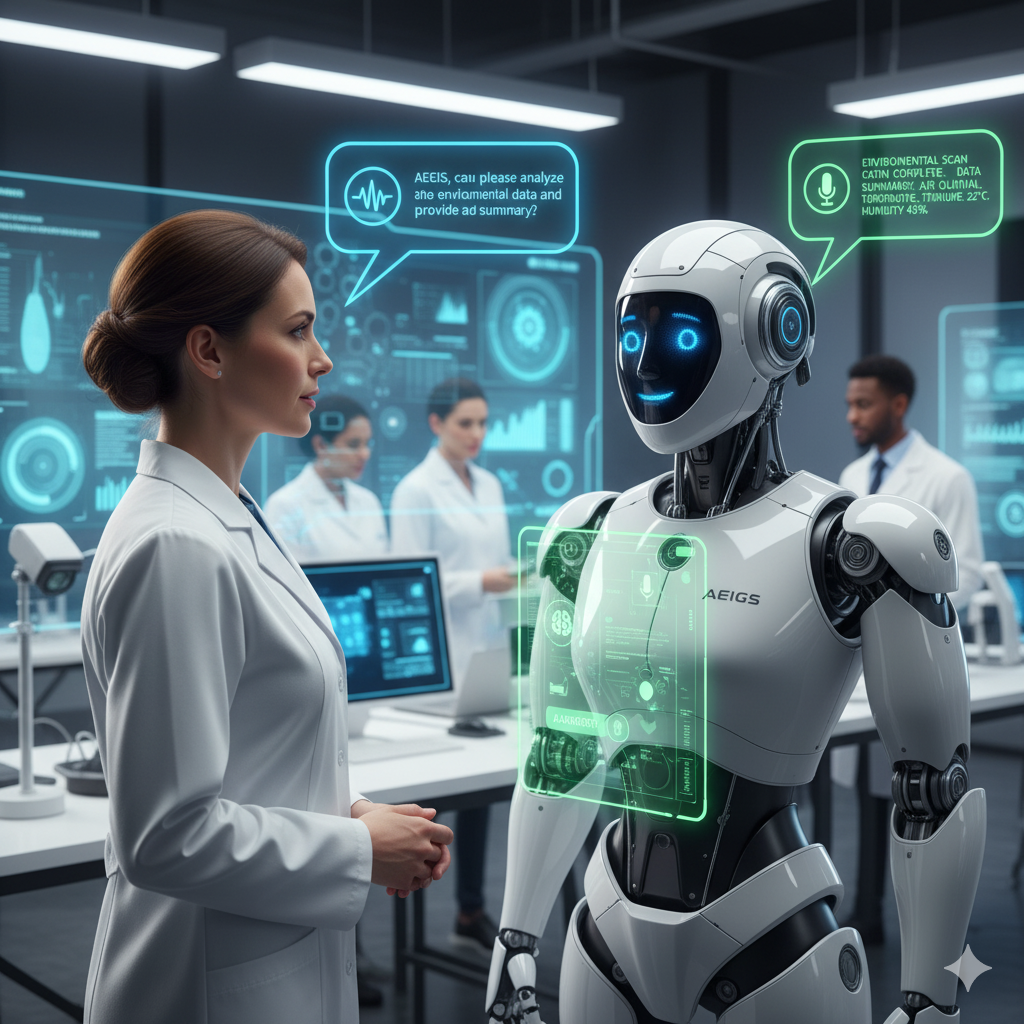Robots get smarter each year. But one big challenge has always been how we talk to them. Before, robots needed coding, buttons, or special commands to work. Now, this is changing. Thanks to Voice and Natural Language Interfaces (NLI), robots can get what we say when we speak —just like another person.
🔍 What Does This Mean?
- Voice Interface: Lets you run a robot by speaking just like you speak to Alexa, Siri, or Google Assistant.
- Natural Language Interface (NLI): Takes it a step further—it allows robots to get everyday sentences, not just set commands.
👉 Example: Rather than telling the robot to “Move forward 5 meters”, you can just say: “Hey robot, can you go over there and get me that box?” The robot’s AI figures out what you mean and takes action.
💡 Why Does This Matter?
- Easy to Use
- You don’t need to know how to code—just talk.
- Hands-Free Operation
- People in hospitals, warehouses, or factories can give orders without stopping their work.
- Feels Normal
- Talking is how we communicate. Robots that “hear” are more user-friendly and less intimidating.
🏥 Real-World Examples of Voice-Controlled Robots
- Healthcare: Nurses can ask robots to bring medicines or supplies.
- Warehouses: Workers can tell robots to move boxes or update inventory.
- At Home: Robots can do tasks like “Turn off the lights” or “Bring me water.”
- Customer Service: Robots in malls, airports, or hotels can act as guides and answer questions.
⚙️ How Does It Work?
Robots use several technologies to make this happen:
- Speech Recognition – Turns your voice into text.
- Natural Language Processing (NLP) – Grasps the meaning of your words.
- Artificial Intelligence (AI) – Gains knowledge from experience and gets better.
- Edge Computing – Helps robots react quicker by handling data on-site.
🌍 Why Now?
- AI assistants (Alexa, Siri ChatGPT) have become widespread.
- Robots are showing up in homes and workplaces so smooth communication is essential.
- Multilingual voice recognition lets robots grasp various accents and languages.
- Industries need to boost output—voice saves time compared to typing or coding.
📝 Conclusion
Voice and natural language interfaces are making robots smarter and friendlier. Instead of being hard-to-use machines, robots are becoming easy-to-talk-to helpers. Whether in hospitals, factories, homes, or public spaces, robots with voice and language understanding will soon be part of our daily lives.
The future of robotics is not just about machines—it’s about machines that can understand us.
